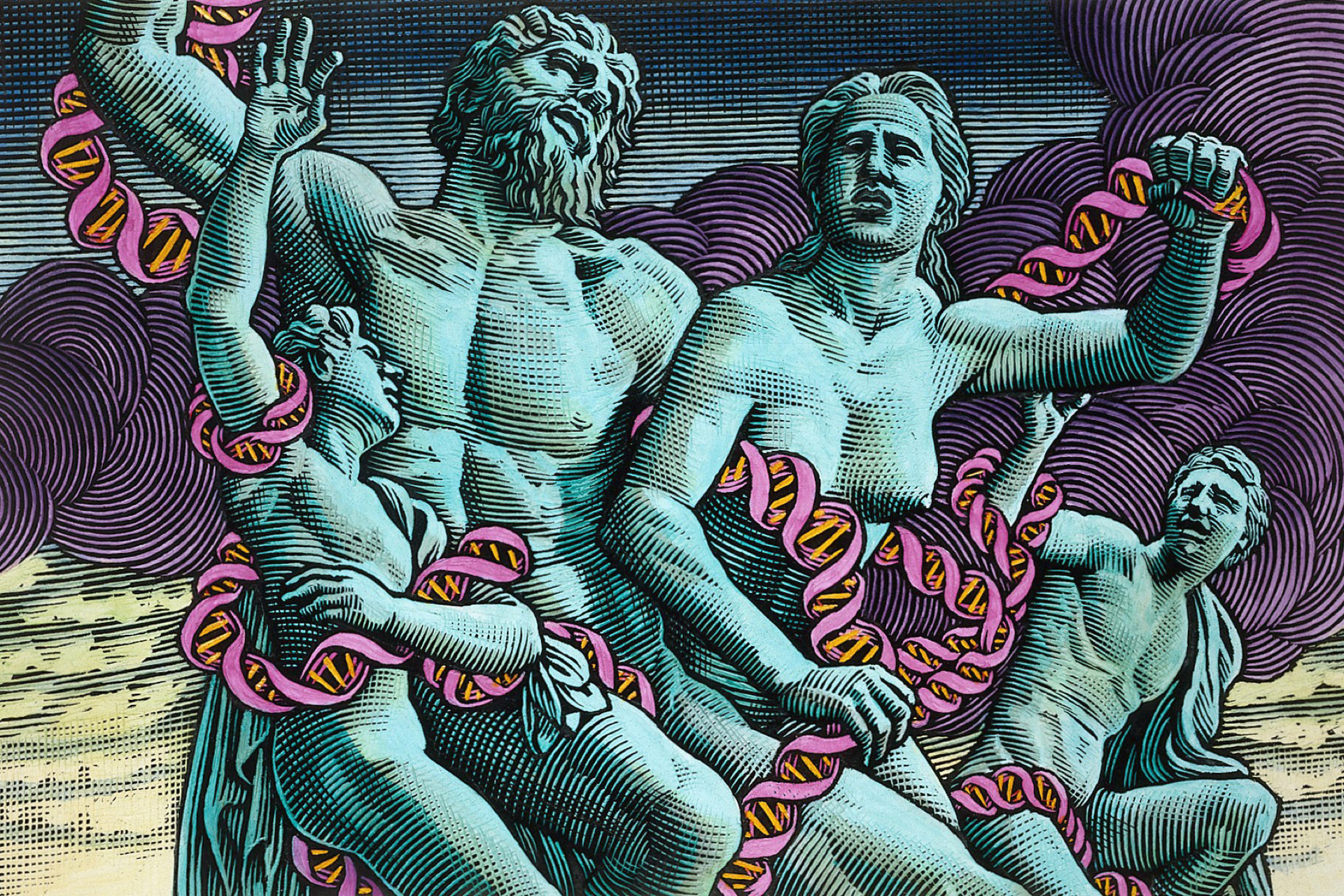|
Katie: The Science of Seeing Again Channel 4, Tuesday 7 February 2012 Featuring Katie Piper |
Following a brutal acid attack, Katie Piper has undergone 109 operations to rebuild her face, however it is the 110th that could change her life. By using pioneering stem cell treatment, Katie hopes to restore the sight to her badly damaged left eye.
Fascinated by this cutting-edge regenerative treatment and keen to better understand how the invasive procedure works, Katie embarks on an exploration of stem cell science.
The Channel 4 documentary 'Katie: The Science of Seeing Again' follows her journey as she researches and undergoes optical surgery. And it's not just the science that Katie explores; she also investigates the treatment's long-term impact, ethical implications and side effects, all the while hoping it will bring the breakthrough she dreams of.
'Of all my injuries, it's the damage to my left eye that has the most impact. The hardest part is not being able to see anything on one side. In crowded places, it leaves me feeling scared and vulnerable,' Katie explains. A chance viewing of a TV programme first introduced Katie to eye surgeon Mr Sheraz Daya and his work on stem cell technology.
'I watched him carry out surgery on both eyes of a man. I couldn't help but think "What if he can help me?"' says Katie.
The procedure that Mr Daya has developed involves injecting the eye with a local anaesthetic and placing a sheet of donor stem cells over the eye. These then stimulate the patient's own stem cells to grow and re-build the damaged eye.
Viewers expecting a detailed account of the science behind this stem cell treatment could find the documentary leaving a few unanswered questions, as the programmes focuses more on Katie's journey, rather than the specifics of the procedure.
In order to gain a better idea of what she may be letting herself in for, Katie visits a woman who has already undergone stem cell treatment to help restore her vision. Her treatment was successful, but there is a downside; Katie learns that a lifetime of anti-rejection drugs awaits her.
Katie then wonders if other options are available and if there mightn't be a way to use her own stem cells for a cornea transplant, rather than being dependent on donors.
This question ultimately leads her to the lab of Dr Doris Taylor of the University of Minnesota, whose team has been able to grow a rat heart from its own embryonic stem cells, removing the risk of rejection.
But this is early stage research and Dr Taylor's work has a way to go before entering the clinic. Nevertheless this leads Katie into the ethical debate surrounding human embryonic stem cell (hESC) research, which involves the use or destruction of human embryos.
Throughout the programme, I was struck by Katie's calm in the face of the many issues that surround stem cell research and which may impact on her own choice of treatment. At one point Dr Freda Bush, a gynaecologist and anti-hESC activist from Mississippi, asks Katie, 'What makes your life more important than that of an embryo?'
Even though Katie's treatment does not use hESCs it would have been understandable if she just landed unthinkingly on the side of hESC research. But, no, she listened to Dr. Bush's views considerately and responded calmly and coherently despite the difference of opinion.
As her operation approaches, Katie begins to wonder if she her expectations are realistic. It was hard not to feel for Katie by this point and I found myself willing everything to go well..
The operation itself was fascinating viewing, a showcase for the intricate work of Mr Daya and his team as they put the new cornea, grown from donor stem cells, in place. The following days proved a real test for Katie's positivity and three weeks after the procedure there was little improvement in her vision. Katie starts to come to terms with the idea that the treatment might not bring the success she'd hoped for.
But one month later there's a breakthrough. 'The appearance of the eye has changed. The redness has gone and my pupil is back. Before, if I tried to put my mobile phone down on the table I'd just drop it on the floor. Now, for the first time since the attack, I'm getting it right', she explains.
'Katie: The Science of Seeing Again' explains the extraordinary journey Katie made to regain vision in her left eye after a brutal acid attack over three years ago. It's a well-rounded programme, concentrating not only on the life-changing medical potential of stem cell science, but some of the ethical implications of hESC research, the long term treatment effects and chances of success, showing stem cell therapies in a realistic light - no mean feat for prime time TV!







Leave a Reply
You must be logged in to post a comment.